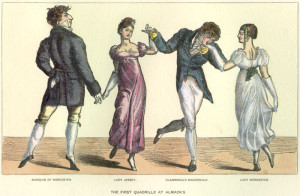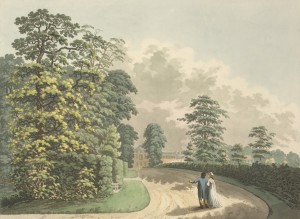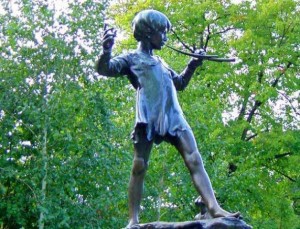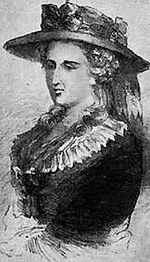Do you love the beach? I do. I’m addicted! Who could not enjoy a walk on an ocean beach, with a cooling breeze and the green thundering waves dashing down into foam and then washing gently up by your feet? You walk between the wide expanse of blue sky above and the blue reflection in the smooth wet sand beneath you. Then lured into the water, you float enveloped in its clear green invigorating coolness, coming out utterly refreshed.
I’m certain that throughout human history, people who lived near beaches enjoyed them. I am lucky enough to live in a state with plentiful ocean beaches very nearby, and at this time of year I try to juggle my work schedules to find one day a week when I can go. But did you know that it was only as recently as the 18th century that people who didn’t live near beaches began to come to visit them as tourists? Dr Richard Russell’s 1752 publication A Dissertation: Concerning the Use of Sea Water in Diseases of the Glands, about the health benefits of sea-bathing and even drinking sea water is credited with helping create what became a thriving industry, but certainly improvements in transportation in this period and the Regency also were a big factor in the development of sea-side resorts.
Just as guides to the great houses were published for tourists, guides to the beach resorts such as John Fletham’s A Guide to all the Watering and Sea-Bathing Places (1803) also became available. Jane Austen’s unfinished novel, Sanditon, is set in a small town trying to become the next popular resort, and Jane visited Brighton, made popular by the Prince Regent, as well as Worthing in Sussex and spent time in Southhampton. Competition between resorts was fierce. Jane would have heard all about Sandown on the Isle of Wight, and Bognor, and Eastbourne. Margate was famous and by 1816 so popular they had more than 40 bathing machines, and four bathhouses where patrons could relax while awaiting their turn. For an interesting discussion about whether or not Worthing stood as Jane’s model for Sanditon, check http://austenonly.com/2010/03/19/austenprose-group-read-of-sanditon-worthing-the-model-for-mr-palmer%E2%80%99s-town/.
 Whether Regency people visited the shore for pleasure or for health reasons, the activities they pursued did not differ greatly –they walked on the sand, and enjoyed watching the waves and ships offshore and each other. They “dipped” in the sea (only men actually engaged in swimming). The way they dressed at the seaside is an entire fashion topic in itself. I highly recommend that you check out (or reread if you have been following our Risky blog for a while) posts from past summers made by Elena and Myretta and others here –just type “beach” into our search box and they will come up. Myretta wrote about Brighton. Elena did a terrific post that explains about the bathing machines with attendants that made it possible to be “dipped” into the ocean while preserving modesty at all costs!!
Whether Regency people visited the shore for pleasure or for health reasons, the activities they pursued did not differ greatly –they walked on the sand, and enjoyed watching the waves and ships offshore and each other. They “dipped” in the sea (only men actually engaged in swimming). The way they dressed at the seaside is an entire fashion topic in itself. I highly recommend that you check out (or reread if you have been following our Risky blog for a while) posts from past summers made by Elena and Myretta and others here –just type “beach” into our search box and they will come up. Myretta wrote about Brighton. Elena did a terrific post that explains about the bathing machines with attendants that made it possible to be “dipped” into the ocean while preserving modesty at all costs!!
This line about sea-bathing at Ramsgate in 1811 from Memoirs of a Highland Lady by Elizabeth Grant makes me glad I am not limited by the old system they used, for once I am in, I am always reluctant to get out of the water until I am blue with cold: “The shock of a dip was always an agony: that over, we would have ducked about much longer than the woman let us.” I found this in a great article by Andrea Richards of the Jane Austen Society of Australia (http://www.jasa.net.au/seaside/Bathing.htm).
If you can’t get to the modern-day beach, perhaps you can make a vicarious trip, and go back in time as well! Besides the above, I recommend the following: http://janeaustensworld.wordpress.com/category/sea-bathing-during-the-regency-era/
http://www.isabellegoddard.com/sea-bathing-regency-period.html
Are you a beach-lover? If you had lived in the Regency, would you have traveled to one of the many resorts to try the water? Have you read any Regency stories that use this setting? Jump into the comments and share!










